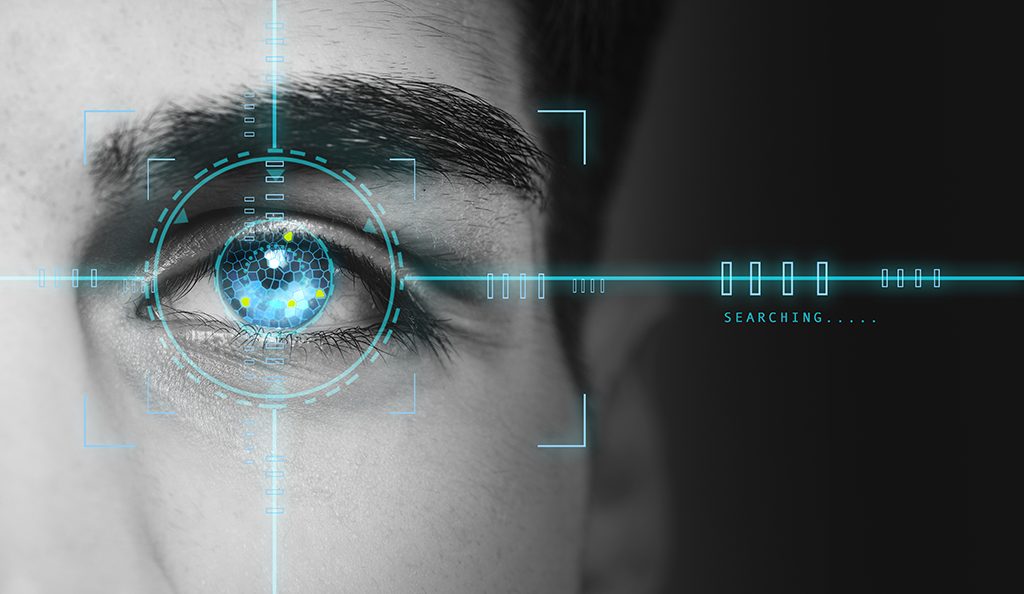Understand your product
Through usability audits and testing, it’s easier to enhance a product or system’s usability for users, improving their experience and satisfaction.
Bring more value to users
Fine-tuning products to fit target designs and business objectives give the best net results for both customers and businesses.
Planning and participant recruitment
Usability Testing Procedures
Business objectives are defined before proceeding to recruiting suitable candidates to represent the product’s users.
- Discovery meeting
- Planning & setting of requirements
- Participant screening & recruitment
Proper Testing
USER applies the most appropriate testing approach and methods on the product or design relative to the defined objectives to ensure results are meaningful and agreeable to users.
- Application of best test method
- Verification of results
Evaluation of results and reporting
Once testing is done, analysts create reports from visualised data to help you make better-informed decisions.
- Consolidation of data and visualisation
- Analysis and insight generation
- Submission of reports
Our testing methods and approach
Moderated Testing
USER conducts on-site moderated testing with professional moderators in a fully equipped usability testing laboratory, or in a venue sanctioned by our client.
Remote Testing
Remote testing is conducted over a secure online environment, with desired user aspects or behaviour monitored via smart tools, allowing for accurate and real-time testing process.
Formative/Summative Testing
Products can be tested along the way, called Formative Testing, to provide designers and developers constant feedback and improve products as they go. In contrast, summative testing can be conducted after a process or improvement of a product to gauge the performance difference before and after changes have been applied.

Testing Features
Eye Tracking
Eye tracking helps in adapting UI elements to help users accomplish tasks easier. This is included in onsite moderated testing sessions.
Heat Map
Heat mapping provides accurate usage analytics for visual interfaces, which can aid in increasing conversions by providing insights to a structuring interface layout, buttons, and promotional elements.
Functional Testing
Functional testing enhances usability by allowing developers to detect potential issues, add, modify, and enhance product functions according to user preferences and expectations.

Usability Testing Applications
Websites and Mobile Apps
Improve general performance in websites and apps – increase loading speed, eliminate dead pages and links, and create a more pleasurable experience for users. Usability testing can also help improve interface layout to match user preferences.
Software Testing
Optimise your CRM, monitoring systems, workflows, and other business software to ensure it is performing with current industry standards and fully compatible with the latest tools, plugins, and APIs. With usability testing, performance can be significantly improved to make your digital infrastructure more stable, intuitive, and more efficient.
Hardware and Devices
Fine-tune devices with the best ergonomics, functionality, and other factors affecting UX. Usability testing enables designers to produce prototypes primed to address user pain points, making them easier to familiarise with.

Giving users what they want and need
By conducting usability testing, companies can gain valuable insights into the user experience of their products. This allows them to identify any pain points or areas of improvement, ultimately leading to enhanced usability. Usability testing involves observing how user feel as they navigate through a product and gauging their satisfaction levels and ease of use. This data can then be used to make informed decisions on how to optimize the design and functionality of the product. By prioritizing usability, companies can build stronger relationships with their target audiences, as users appreciate products that are intuitive and user-friendly.
Moreover, investing in usability testing early in the development process can save companies significant time and resources in the long run, as it helps prevent costly errors or recalls. In conclusion, usability testing is a crucial step in ensuring that products meet the needs and expectations of customers, ultimately fostering brand loyalty and driving business success.


